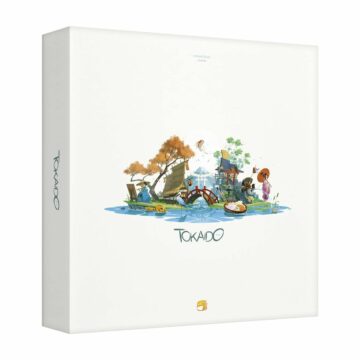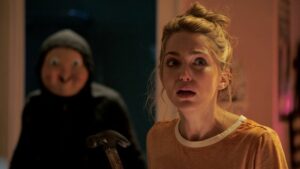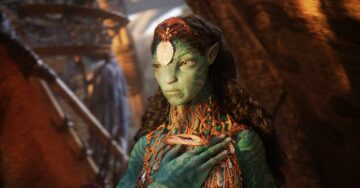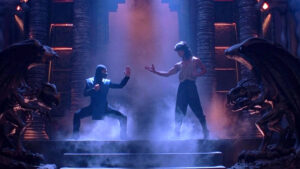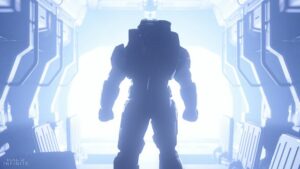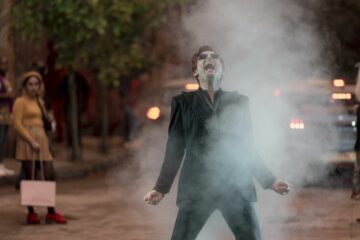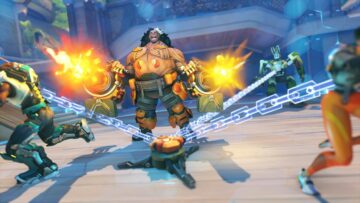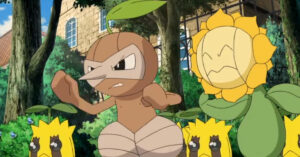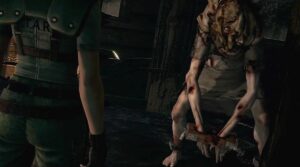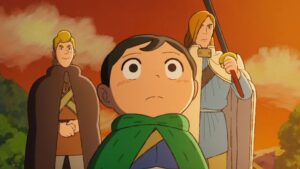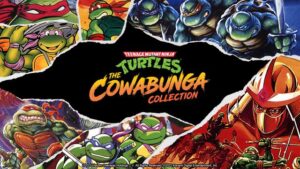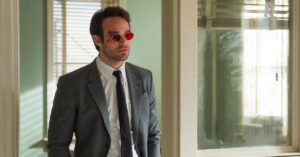Each Halloween, anime fans are gifted list after list of horror anime to watch for the holiday. And year after year, the lists get filled with shows that, in my opinion, aren’t really horror. Sure, there are shows that involve tons of violence and gore, or rampant demons/vampires/monster activity, and quite a few of the go-to titles are about the darker parts of the human psyche and include tense plots. So, what constitutes “horror”? In the simplest terms, the genre’s entries are meant to provoke fear. Whether you as a viewer are personally spooked or not is subjective, but true horror anime shares a direct lineage with the history of spine-tingling tactics. Since genuine scares are scarce, the anime series that actually do fit the bill become more worthy of celebration.
The soul of horror has been a part of animation since the dawn of the medium, at least in the West. From Walt Disney’s Silly Symphonies, particularly “The Skeleton Dance,” and the works of the Fleischer brothers like Swing You Sinners and Snow-White, animation opened up the world of film to fantasmagorical imagery, even if it was in service of a fun musical number with dancing ghouls. In Japan, however, creators established an identifiable horror tone in the 1960s with shows like Adventure Boy Shadar and GeGeGe no Kitarō, though the concentration was on fighting monsters and ghosts to save the world rather than scaring the audience. During the 1980s, a stronger perception of horror anime took form, with the rise of OVAs (essentially direct-to-video anime) giving way to a decade where extreme violence, gore, sex, and the grotesque were commonplace in shows like Wicked City, Vampire Hunter D and, of course, Akira.
These anime used violence and gore to shock audiences, but they were more interested in thrills than in scares. Sure, Tetsuo turning into a giant blob in Akira is pure Cronenberg-like body horror, but the film isn’t meant to elicit fear as much as it is plain exciting. Where Cronenberg focused on the horrible and traumatic ways our bodies could transform in order to dig deep into our collective fears of our fragile bodies just breaking down, Katsuhiro Otomo’s seminal anime aims for a tamer yet still riveting tale of puberty and male violence.
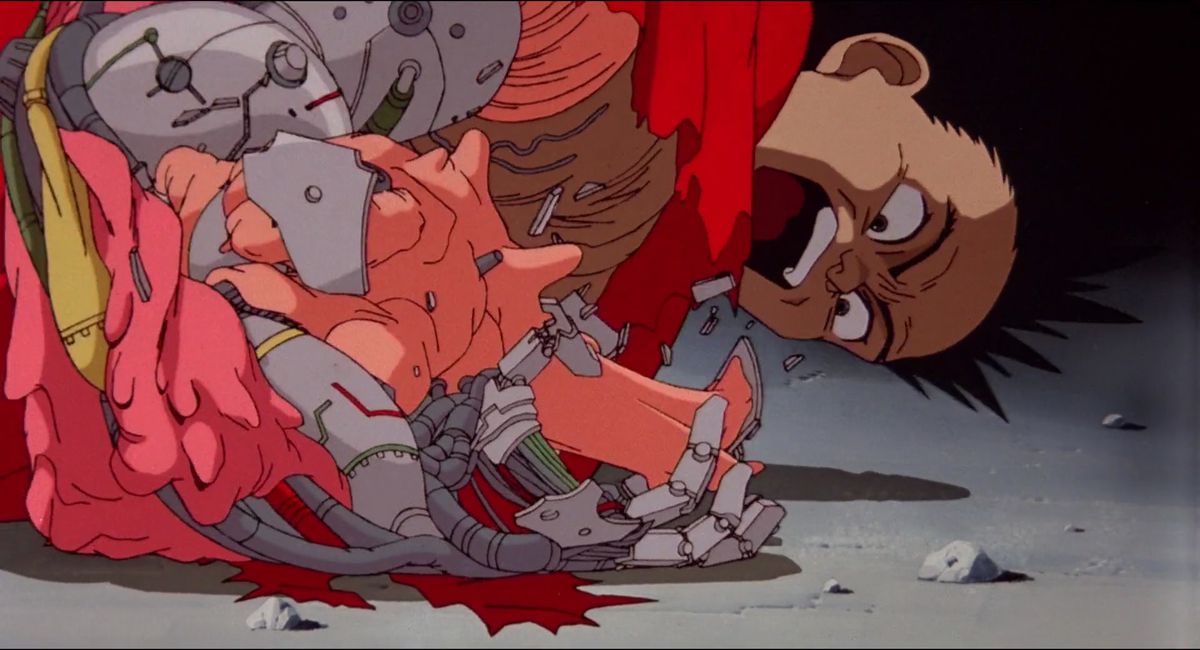
Indeed, most of the anime movies and shows lumped into the horror genre more closely resemble thrillers, where the focus is on surprises that keep the audience intrigued and excited for what’s coming next. Another is a great anime with the plot of a Final Destination movie, great kills, and an intriguing plot full of shocking twists, but it plays more like a gory mystery than a horror show, aiming to provide a fun puzzle to be solved in regards to who will die next. What it’s not about is making disturbing the audience in such a way as to fear the next death scene, something which the popular Higurashi When They Cry succeeds at. Then there are an acclaimed trio: Boogiepop Phantom, Serial Experiments Lain, and Paranoia Agent, which prioritize atmosphere, creepy imagery, and the feeling that reality is not what it seems. The series deal in paranoia and existentialism, resulting in the closest anime shows to horror, even if their plots don’t follow any explicit horror tropes.
Animation can be horror, but time has suggested there are hurdles; it seems significantly harder to make the audience feel a pang of fear when looking at 2D drawings than it is with real humans, but it can, and has, been done. Take for instance the animated film Monster House, a 3D animated movie aimed at kids that still provides plenty of scares, an eerie atmosphere, and characters you fear — all without the need for violence and gore. Then there are R-rated animated horror movies like the Train to Busan spinoff Seoul Station and Resident Evil: Degeneration, which use the zombie horror tropes to make you care for what happens to the characters, and fear as scared as they do when they meet their inevitable deaths.
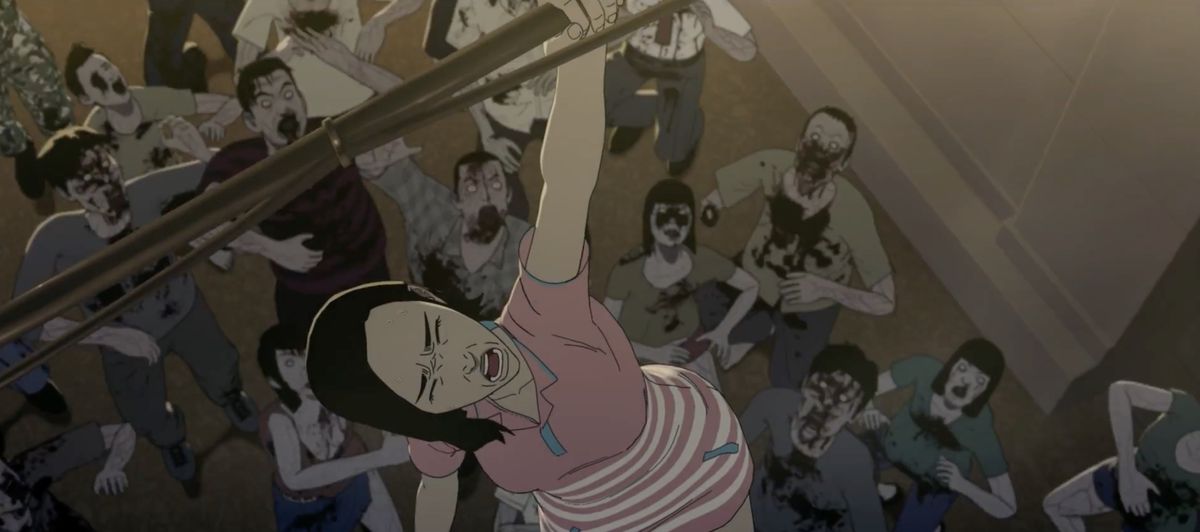
Surprisingly, anime has come closer to the authentic horror tone in the shōnen genre. Ever since the 1980s, action-horror anime have embraced horror tropes and used them to make the violence hit harder, like Devil Man and the aforementioned Vampire Hunter D. In the ‘90s, shōnen anime like YuYu Hakusho and the uber-popular Bleach took inspiration from horror movies and shows like GeGeGe no Kitarō to create action-centric series that still weave in supernatural elements. Death Note and Monster, meanwhile, took a psychological thriller approach, giving us dark stories of murder and serial killers and introducing them to mainstream, broad audiences.
The past five years has seen a trend of shōnen anime taking that idea further by embracing the tropes of horror to put the characters in terrifying situations that ultimately accentuate the subgenre’s sense of optimism. Attack on Titan not only became one of the most popular anime shows ever, but it broke into the mainstream by competing with The Walking Dead for one of the bleakest, most gruesome shows in recent years. It’s a show set in a cruel world with violence, gore and constant fear for the characters, who can die at any second — all while still presenting a classic story of a young boy learning to embrace his powers. Even more recently we have Demon Slayer and Jujutsu Kaisen, arguably the two biggest shōnen anime right now, both adapted from manga published in the prestigious and long-running Shōnen Jump magazine that also published such mainstream hits as One Piece, My Hero Academia, Naruto and Hunter x Hunter.
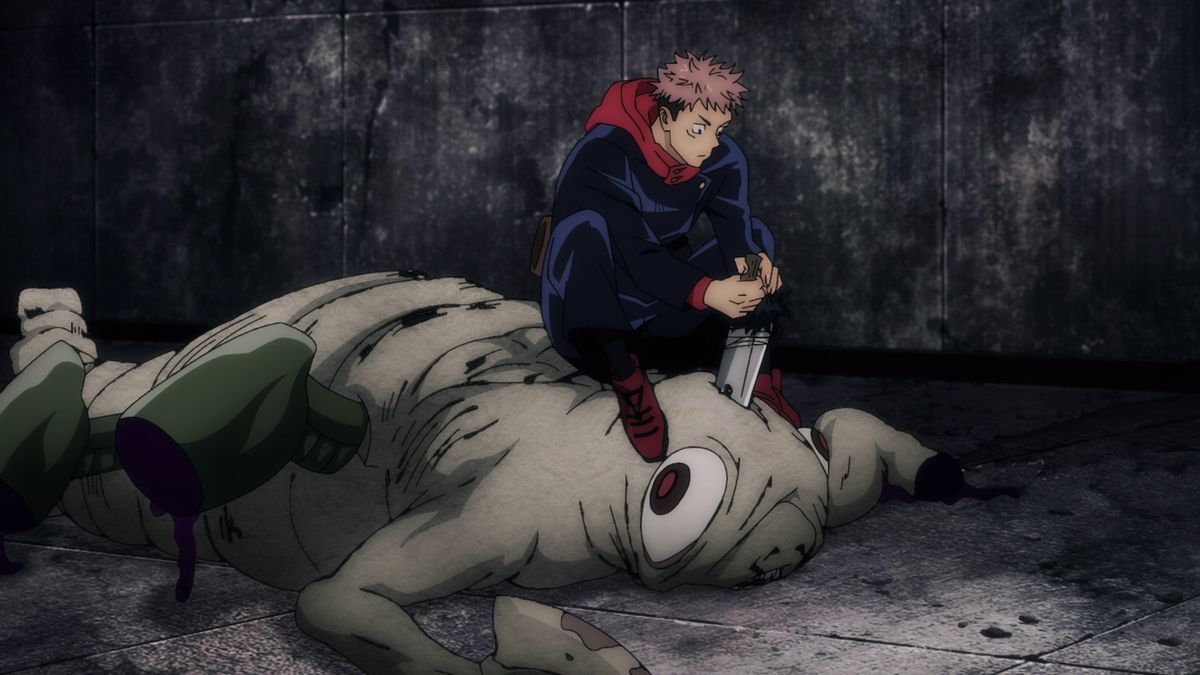
Demon Slayer and Jujutsu Kaisen have all the ingredients of a winning shōnen anime: likable protagonists with incredible power, a story of perseverance and determination, as well as a group of side characters that support the hero and help them learn of the value of friendship in order to face adversity. What makes them unique, however, is how they basically take that winning formula and place it in a seemingly impossible horror setting where hope always has to fight harder to even exist, where power levels aren’t just toys, but they come at a cost, where characters can face horrible fates, injuries aren’t instantly healed but leave gory marks, and the villains are genuinely spooky and menacing. Take the third episode of Jujutsu Kaisen, which essentially plays out as a haunted house story, employing tropes of creepy noises and things moving by themselves before unleashing a menacing spirit on our main characters, before letting them kick its ass with their cool and growing powers.
Before it lost its way, The Promised Neverland perfectly married a shōnen story of kids coming together to save the day from monsters and turned it into a horrifying, anxiety-inducing tale of horror. The first season employs framing to keep the characters at a distance, and the contrast between CG environments and 2D characters to give the story an uncanny feeling that something is wrong, and accentuating the monstrous forms of the show’s villains, as well as the orphans’ caretaker.
As for more traditional “horror anime,” not all is lost. An adaptation of the horror-comedy Mieruko-chan is currently airing, and it cleverly uses horror tropes to create a funny anime with terrifying imagery about a ghost whisperer. Next year, the highly anticipated adaptation of Junji Ito’s classic Uzumaki horror manga should play like a cross between body and cosmic horror as it chronicles a town plagued by a curse involving spirals. In the meantime, horror has become an integral part of what makes anime both exciting and popular, even if these shows are not exactly embalmed in the substance of horror.
Source: https://www.polygon.com/22752704/horror-anime-good-shows-versus-true-horror
- 1980s
- 3d
- aforementioned
- Aiming
- All
- animated
- Animation
- anime
- Atmosphere
- audience
- Authentic
- Biggest
- Bill
- body
- care
- City
- closer
- coming
- concentration
- day
- deal
- distance
- Face
- fears
- Film
- First
- fit
- Focus
- follow
- form
- Friendship
- full
- fun
- funny
- Ghost
- Giving
- great
- Group
- Growing
- head
- history
- holiday
- House
- How
- HTTPS
- human
- Humans
- Hurdles
- idea
- Inspiration
- IT
- Japan
- jump
- kids
- Kills
- LEARN
- learning
- List
- Lists
- Mainstream
- Making
- medium
- Most Popular
- movie
- Movies
- Opinion
- order
- perseverance
- phantom
- play
- Plenty
- Popular
- power
- Puzzle
- Reality
- rise
- sense
- Seoul
- Series
- Service
- set
- setting
- Sex
- Shares
- So
- Soul
- Stories
- substance
- supernatural
- support
- The
- the world
- time
- tons
- traditional
- unique
- us
- value
- walking
- Watch
- Weave
- West
- What
- WHO
- winning
- woman
- works
- world
- X
- year
- years
